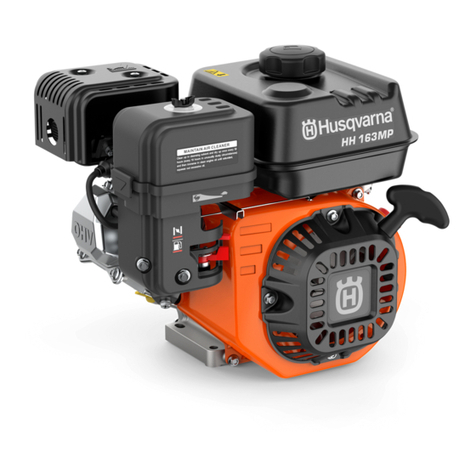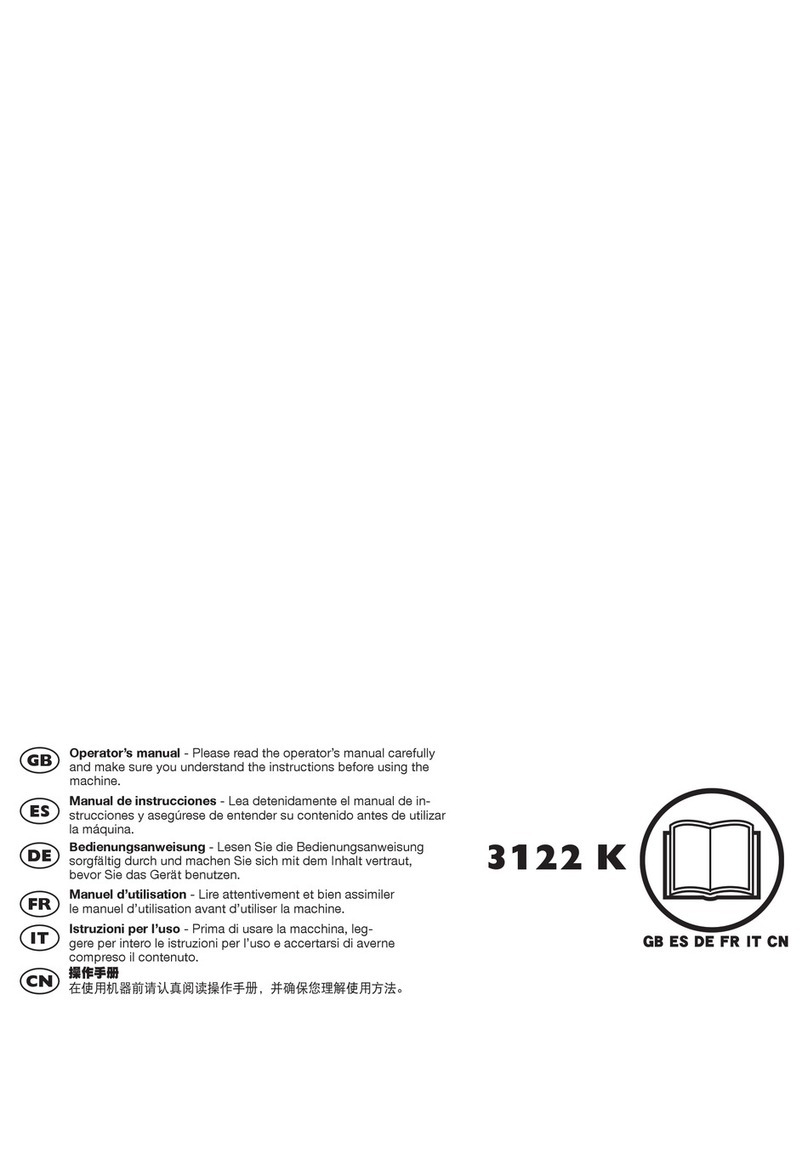
i
T a b l e o f C o n t e n t s
Ordering Replacement Parts Online .................................ii
Icons Used in this Manual .....................................................iv
Recommended Tools and Equipment .............................iv
Serial Number Locations .......................................................iv
Specifications: ...........................................................................iv
Disassembly of Transaxle ..........................1
Axel Shafts and Differential Gear Assemblies ...............7
Axle Seal Removal ...................................................................8
Axle Shaft and Bushing Tolerances ...................................7
Brake Assembly Removal ......................................................1
Bypass Valve Removal ...........................................................4
“C” Arm Removal .....................................................................3
Center Case & Motor Shaft Ass’y Removal ......................9
Center Case Removal .............................................................10
Cylinder Block (Motor) Assembly Removal ....................10
Cylinder Block Assembly (Pump) Removal .....................12
Differential Gear Assembly Removal ................................8
Differential Gear Assembly Removal ................................5
Differential Pinion Shaft and Gear Tolerance ................8
Drain Oil ......................................................................................1
Filter Removal ...........................................................................3
Final Pinion Shaft and Bushing Tolerances ....................5
Final Pinon Assembly .............................................................4
Final Pinon Assembly Removal ...........................................4
Fulcrum Removal .....................................................................14
Hydraulic Flow Diagram ........................................................17
Hydrostatic Pump Removal .................................................9
Levers (Shafts) and Linkage Removal ...............................16
Lower Case Removal ..............................................................3
Magnet Removal .....................................................................9
Motor Housing Removal .......................................................10
Motor Shaft Removal .............................................................11
Pump Shaft Removal ..............................................................15
Shock Absorber and Control Arms Removal .................2
Swash Plate Removal ..............................................................13
Assembly of Transaxle ...............................18
Adjusting Neutral ....................................................................36
Axle Shafts and Differential Gear Assembly ..................30
Before Starting Assembly .....................................................18
Bleeding Air from Hydrostate Oil Circuit .........................36
Brake Assembly ........................................................................35
Bypass Shaft Assembly ..........................................................18
Center Case Assembly ...........................................................27
Cylinder Block (Pump) Assembly .......................................24
Differential Gear Assembly ..................................................30
Lower and Upper Case Assembly ......................................33
Motor Shaft/Center Case Assembly ..................................28
Motor Shaft Assembly ...........................................................25
Oil Change Frequency ...........................................................37
Oil Requirement .......................................................................37
Final Pinon Shaft Assembly .................................................32
Post Assembly Procedures ...................................................36
Pump Shaft Assembly ............................................................22
Swash Plate Assembly ............................................................24
Troubleshooting and Diagnosis Guides ....38



































